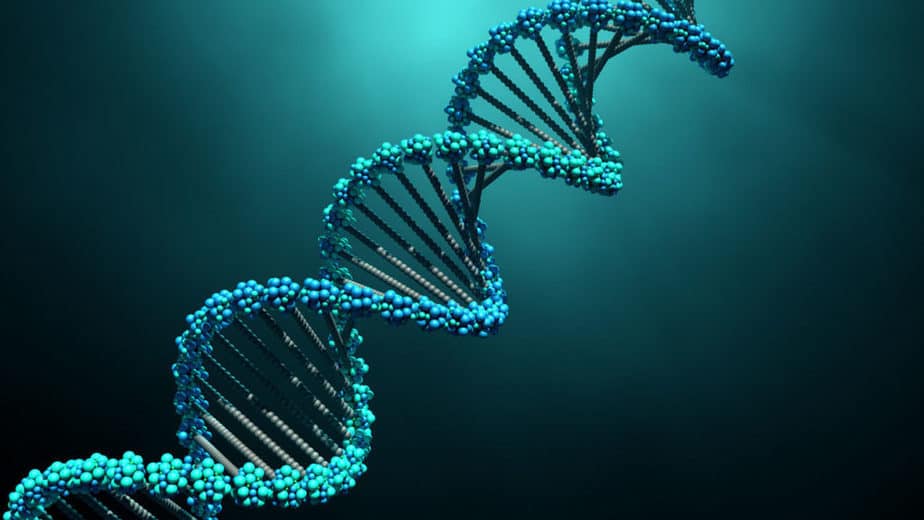According to a new study, a portion of Neanderthal genetic code that was previously associated to a greater risk of severe Covid illness now protects people from HIV.
Neanderthals were a prehistoric human species that existed in Eurasia until roughly 40,000 years ago.
Hugo Zeberg and Svante Pääbo at Max Planck Institute for Evolutionary Anthropology in Germany have been studying the piece of genetic code since 2020. They found that a part of genetic code in chromosome 3, that made us more susceptible to severe Covid, had been inherited from the Neanderthals more than 50,000 years ago.
Chromosomes are thread-like structures located inside the nucleus of cells. Each chromosome is made of protein and a single molecule of deoxyribonucleic acid (DNA). The DNA contains the specific instructions or genetic code that makes each individual unique.
Humans have 23 pairs of chromosomes. People normally have two copies of each chromosome.
In a study published in The New England Journal of Medicine in October 2020, researchers had found a strong link between severe Covid-19 and two genomic regions: one region on chromosome 3 containing six genes, and one region on chromosome 9 that determines the ABO blood group.
Chromosome 3 spans almost 200 million base pairs or “letters”, and represents about 6.5 per cent of the total DNA in cells. Researchers found that a unique combination of about 50,000 base pairs in chromosome 3 puts people at risk of severe Covid-19.
The gene in issue is carried by 30% of the South Asian population, whereas it is nearly non-existent in Africans.
The researchers from the Max Planck Institute for Evolutionary Anthropology discovered that the DNA sequence that puts people at risk of severe Covid-19 is the same as that found in a Neanderthal who lived more than 50,000 years ago in Croatia.
Later, the scientists discovered that the frequency of DNA has grown considerably since the previous ice age. In fact, a Neanderthal-inherited genetic variation has grown surprisingly frequent.
What puzzled the scientists is that a gene that make humans susceptible to a disease should not survive thousands of years of evolution. The only reasonable explanation to that is that this piece of DNA coding had a favourable impact that the scientists did not know of.
“This major genetic risk factor for COVID-19 is so common that I started wondering whether it might actually be good for something, such as providing protection against another infectious disease,” Zeberg said in a statement.
The genetic risk factor is located in a region on chromosome 3 that consists of many genes. There are several genes in its vicinity that encode receptors in the immune system.
One of these receptors — CCR5 — is used by the HIV virus to infect white blood cells.
With inputs from The Print.





